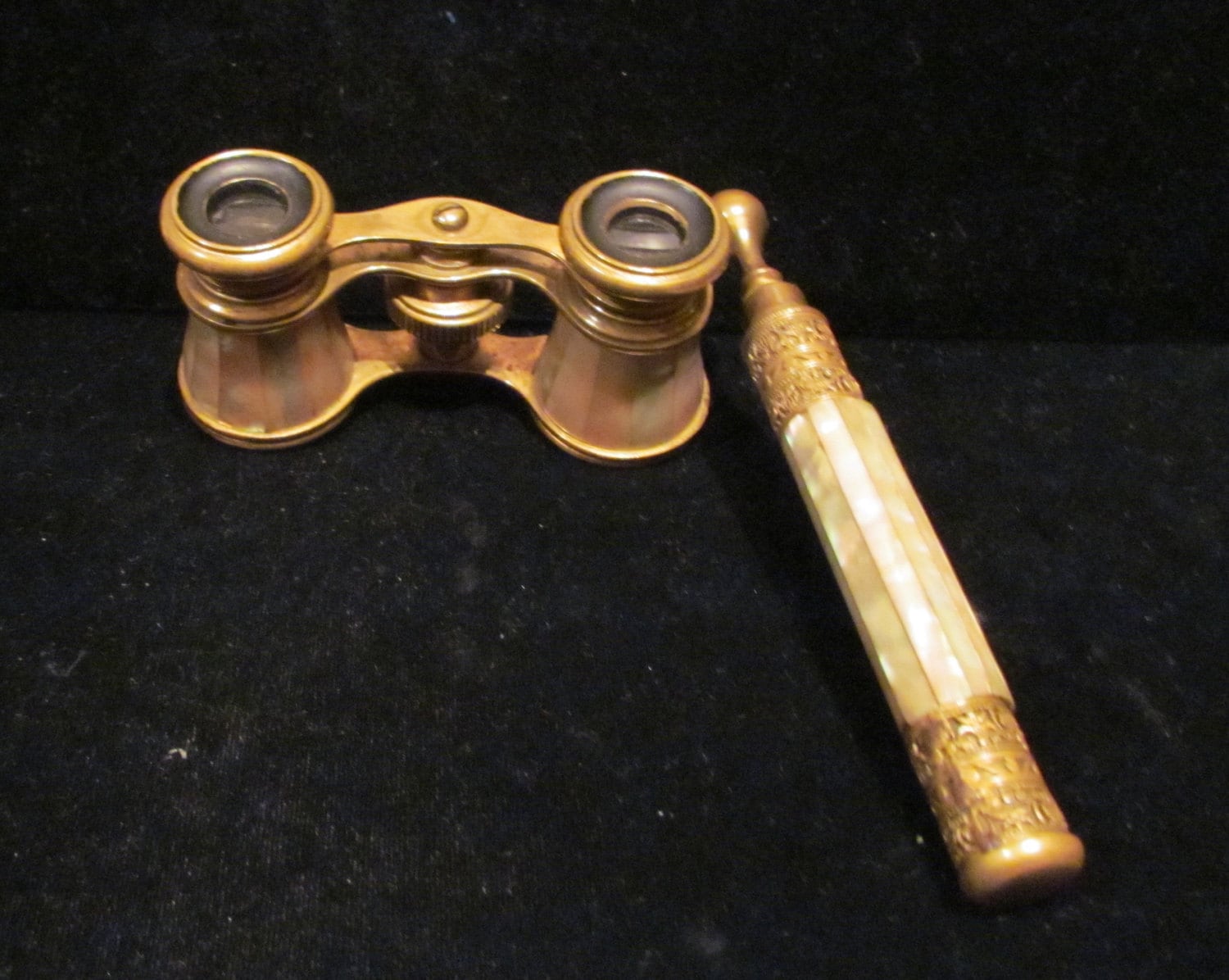

The type with long handles favoured in France and Austria were known as lorgnettes, and early 19th century satires featured the use of opera glasses to glimpse details of ladies' dress on stage that would not otherwise have been so evident. By the mid 19th century opera glasses were an essential accessory for the fashionable theatregoer, and to satisfy the demand manufacturers produced a range of beautifully made and exquisitely decorated models. Commonly equipped with 3x Magnification and a 25mm Objective. Opera glasses were improved in Paris in 1825 with Pierre Lemière's invention of a central focus wheel with two eye tubes that could be adjusted simultaneously. Opera Binoculars, also known as Opera Glasses, are designed specifically for indoor events.

The earliest type of binocular opera glasses began to appear in the early 19th century, and the optician Johann Friedrich Voigtlander produced a type in Vienna that was essentially two telescopes bridged together, focused independently by individual draw tubes. During the 18th century prosperous theatregoers could buy a long, collapsible type of telescope known as an Opera Glass to help them see performances on stage.


 0 kommentar(er)
0 kommentar(er)
